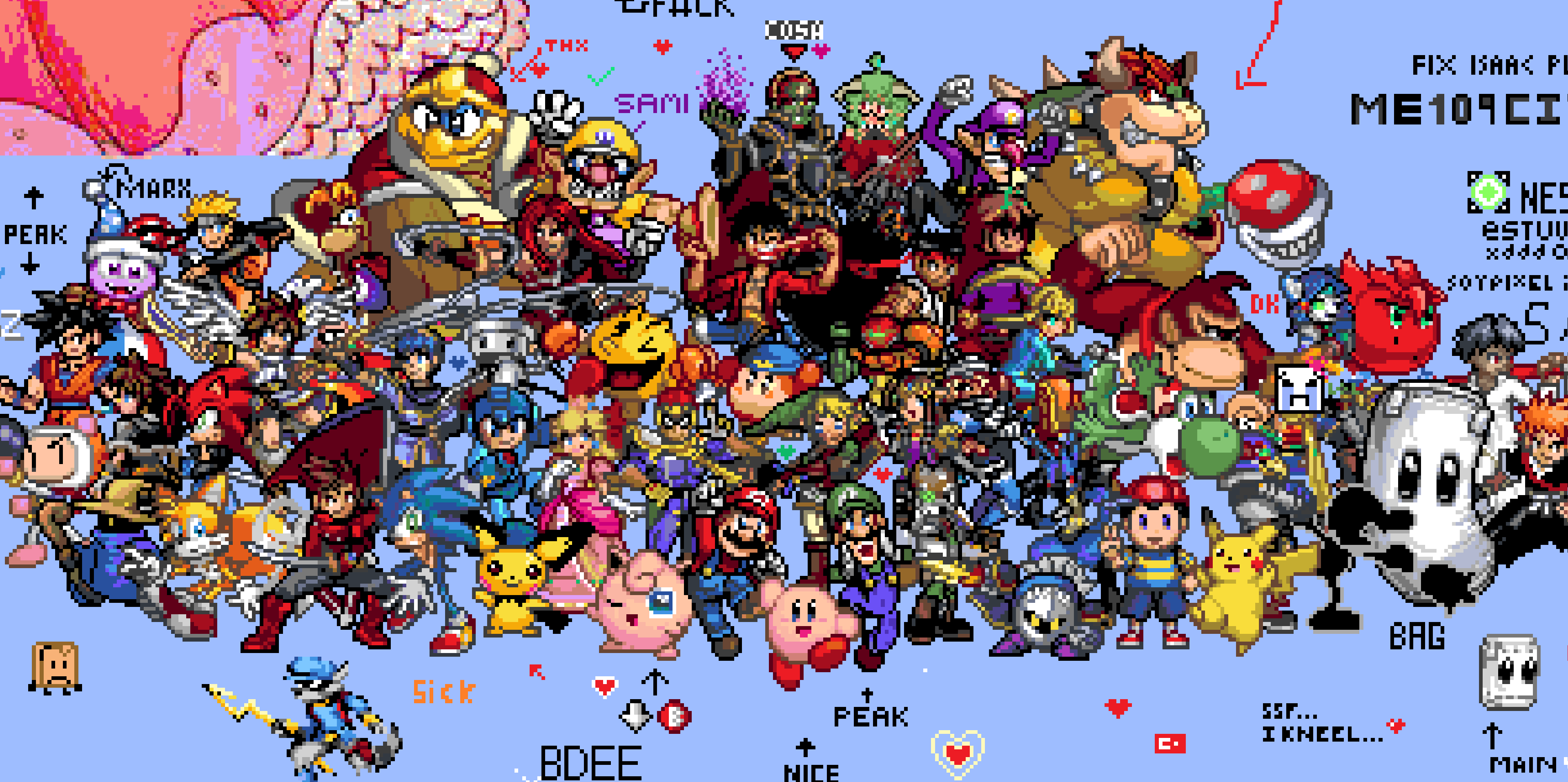- Blog
- Wplace’s Official Apology: Can Trust Be Rebuilt?
Wplace’s Official Apology: Can Trust Be Rebuilt?

Wplace’s Official Apology: Can Trust Be Rebuilt?
At the end of August, the Wplace dev team finally dropped what many of us had been waiting for: an official apology and a roadmap for the future. Reading through it, I had mixed feelings. On one hand, it was a relief to see them admit mistakes instead of ignoring the noise. On the other hand, I couldn’t help but think: wasn’t this a little too late?
The truth is, this past month has felt like watching a giant bonfire—what started as a fun community art project turned into a storm of frustration, drama, and broken trust. And at the center of it all is the dev team struggling to catch up with an explosion of players they clearly weren’t ready for.
Moderation Meltdown
If you ask most players what really killed their trust in Wplace, it wasn’t just the server crashes or the microtransactions—it was moderation. In the early days, mods were supposed to keep things fair. But as the playerbase grew into the millions, things fell apart. People were being banned for minor issues, while griefers seemed to get away with everything.
The Megumi incident was the breaking point. She was one of the few mods who actively fought back against void griefers. Instead of being supported, she became the target of harassment, doxxing, and even attempted suicide. And then came the twist that left the whole community in shock: the devs reversed her actions, unbanned the attackers, and even compensated them with in-game perks. From that moment on, a lot of players stopped believing the devs had their backs.
So when the apology promised better oversight of mods and a new appeal system, it sounded… fine. Necessary, even. But the damage was already done. As one Redditor put it bluntly: “It’s not that you didn’t think of this earlier—it’s that you didn’t care.”
Monetization Drama
Then there’s the pay-to-win fiasco. Wplace introduced droplets—premium currency that lets you restore pixels faster and unlock more options. In theory, it’s understandable: servers cost money, and the devs need to fund the project. But in practice, it felt like a betrayal of what made the canvas fun.
In a space where patience and collaboration are supposed to matter, being able to swipe a credit card to accelerate progress made a lot of people furious. It wasn’t just about “convenience”—it tilted the playing field. Some accused the devs of running a quick cash grab before bailing.
The apology admitted this, calling the mechanic a “necessary evil,” and promised nerfs or removal later. They also doubled free droplet rewards, lowered prices, and handed out retroactive credits to players. That did cool tempers a little, but the bigger issue remains: as long as money can buy faster progress, there’s always going to be a shadow over fairness.
Servers on Fire
Even if moderation and monetization hadn’t been disasters, the tech side alone was enough to test everyone’s patience. Wplace’s servers have been down more times than I can count. People reported account mix-ups, login chaos, and straight-up downtime lasting days.
Some players were understanding. After all, going from a few thousand users to ten million in a month is insane growth. “Even big companies would struggle with that,” one commenter said. Others weren’t so forgiving—especially those who had spent money on droplets. Their attitude was basically: “If you take my money, at least give me a working service.”
In the apology, John promised a full server migration and optimizations to handle the load. That’s good to hear, but at this point, the next crash could push more players out the door for good. Stability isn’t just a nice-to-have—it’s the bare minimum.
Bot Wars
And then there are the bots. Anyone who’s played recently knows the frustration of seeing hours of pixel art wiped out in seconds by automated scripts. Whether it’s a giant meme face appearing overnight or voids eating through entire sections of the canvas, it’s obvious when humans aren’t the ones placing the pixels.
The devs admitted their current defenses aren’t enough. Captchas were added as a stopgap, and stronger anti-bot systems are “in the works.” Everyone agrees this is urgent, because if bots keep dominating, the whole point of the game—slow, collaborative creation—basically disappears. As one user joked, “We’ll just be spectators to bot wars instead of artists.”
How the Community Feels
What struck me most after the apology was how divided the community felt. Some people were relieved. “At least they admitted it,” they said, willing to give the devs another chance. Others were done, calling it nothing but PR spin: “Apologies mean nothing without action.” And then there’s the middle ground—players who are skeptical but still watching, waiting to see if the roadmap turns into real change.
That range of reactions tells me something important: people are angry because they care. If Wplace were just another random site, nobody would bother writing essays about it. The frustration, the accusations, the heated debates—it all comes from a place of passion for what Wplace could be.
Final Thoughts
I don’t think Wplace is doomed yet. The concept is still magical: millions of people building art together on a shared canvas. Nothing else on the internet feels quite like it. But Wplace is also teetering on a cliff. The next few weeks will decide whether it climbs back or falls.
If moderation becomes transparent, if monetization is reined in, if servers stabilize, and if bots are brought under control, the community can heal. But if everything stays the same, then this apology will go down as just another empty promise.
At the end of the day, pixels are cheap, but trust isn’t. And right now, trust is the one resource Wplace needs the most.
